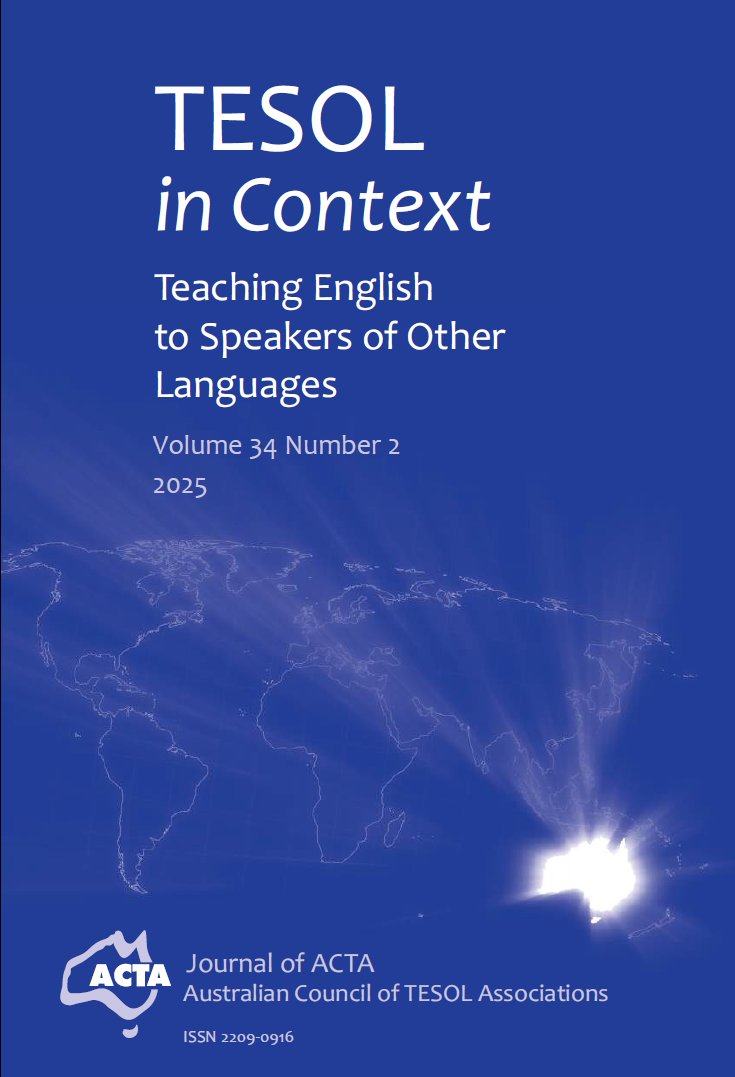Affordances and limitations of 'the digital' for adult migrants with limited or interrupted formal education
DOI:
https://doi.org/10.21153/tesol2025vol34no2art2238Keywords:
adult SLIFE, affordances, digital literacy; , pedagogy, English language learningAbstract
Digital technology has become essential for daily life, creating a complex challenge for adult migrants with limited or interrupted formal education who must simultaneously develop digital literacy, additional language, and basic literacy skills. This study examines how different groups of Students with Limited or Interrupted Formal Education (SLIFE) engage with digital tools, revealing a critical disconnect between digital access and genuine language acquisition. Through video-recorded classroom observations and interviews, three learner groups were identified: pre-literacy learners who rely heavily on speech-to-text features but struggle to develop independent skills; learners with some first language literacy who show more sophisticated tool use but often engage in what we term “translation without transformation”, and extended literacy learners who demonstrate strategic tool use but lack opportunities for authentic language production. Using van Lier’s (1996) concepts of awareness, autonomy, and authenticity, we analyse how the affordances of digital tools vary across these groups. While digital tools provide immediate solutions to communication challenges, their current use often bypasses rather than supports genuine language learning processes. Our findings point to the need for differentiated pedagogical approaches that build on learners’ existing digital practices, integrate linguistic and digital knowledge development, and create opportunities for authentic language use through principled teacher-learner interaction.
Downloads
Published
Issue
Section
License
Copyright (c) 2025 TESOL in Context

This work is licensed under a Creative Commons Attribution-ShareAlike 4.0 International License.






